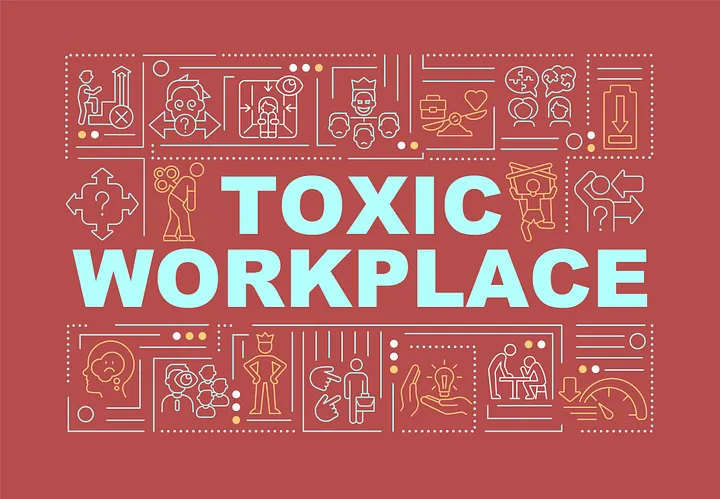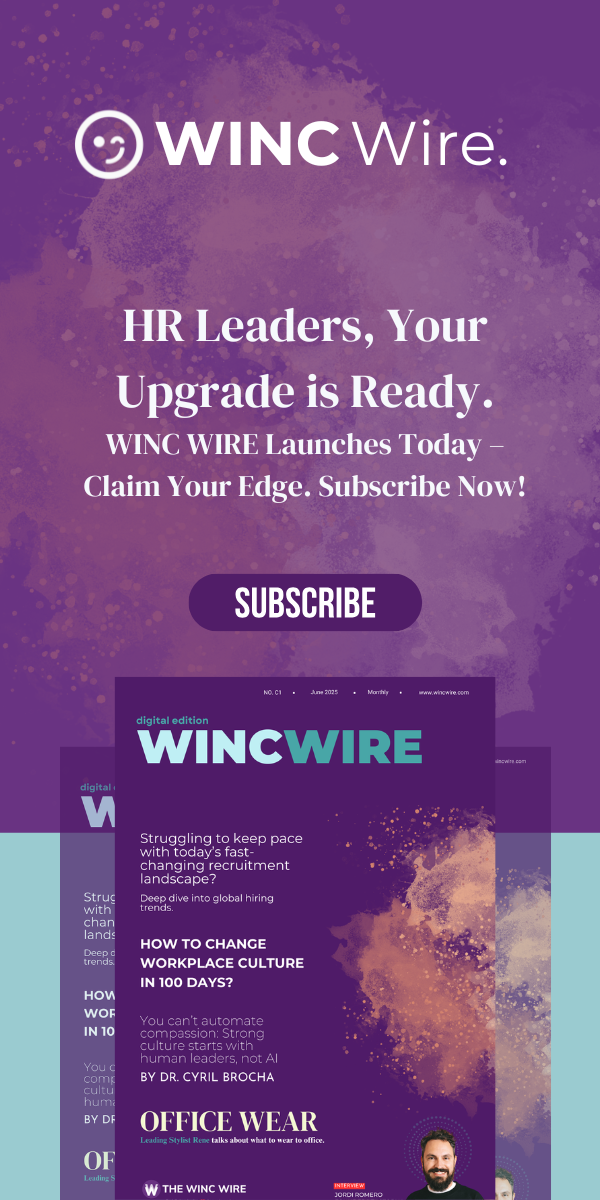Recognising the signs, understanding the roots, and leading cultural change from within.
We often hear it said: “People don’t leave jobs; they leave cultures.” But beneath that well-worn phrase lies a deeper truth—one that silently undermines even the most promising organisations. In the UK alone, over 70% of professionals have faced toxic working environments during their careers. And this toxicity isn’t merely unpleasant it corrodes morale, erodes creativity, and ultimately weakens the organisation’s very foundations.
The danger lies in its subtlety. Toxicity isn’t always loud. It doesn’t always wear the face of shouting managers or blatant bias. Often, it slips in quietly—through micromanagement, exclusionary behaviours, passive-aggressive emails, and invisible rules that promote fear over trust.
But let’s be clear, toxic cultures aren’t an inevitability. Nor are they irreversible. Whether you’re leading a team, navigating HR challenges, or simply trying to make sense of your own experience, recognising these behaviours is the first step towards rebuilding trust and resilience.
What Does a Toxic Culture Look Like?
Toxicity rarely arrives with a red flag. Sometimes it’s overt bullying, public humiliation, discriminatory practices. More often, it’s ambient: communication breakdowns, distrust, divisive cliques. But the outcome is universally damaging disengaged people, burned-out teams, and an exodus of talent.
Common Indicators of a Toxic Workplace
- Subtle Bullying: Isolation, snide remarks, and silent exclusion.
- Cliquishness: Inner circles that gatekeep access to information and influence.
- Poor Communication: Mixed messages, withheld feedback, and reactive management.
- High Attrition: Talented individuals quietly leaving in pursuit of psychological safety.
- Short-Termism: An obsession with immediate output over sustainable progress.
When these signs are present, silence is not an option. Culture doesn’t shift on its own. It requires intent, intervention, and leadership.
Leadership: The Echo Chamber of Culture
In every organisation I’ve worked with from luxury hospitality to fast-paced automotive environments one principle holds firm: leadership sets the tone. A leader’s energy, empathy, and vision ripple across teams. When leaders are grounded, inclusive, and emotionally intelligent, people flourish. But when ego overrides empathy, toxicity creeps in.
Traits of a Toxic Leader
- Micromanagement: Control becomes a substitute for trust.
- Feedback Resistance: Discomfort with challenge signals a fear-based culture.
- Chasing the Short Game: Prioritising quick wins over long-term wellbeing.
- Contagious Negativity: Leaders’ moods and behaviours become the team’s blueprint.
The impact isn’t contained to one department it cascades across the business. Culture, after all, is caught more than taught.
Counting the Real Cost of Toxicity
Cultural erosion doesn’t just impact morale it hits the bottom line. The cost of a toxic environment is often hidden: disguised in slow productivity, high absenteeism, and damaged reputation.
The Hidden Costs
- Attrition Overheads: Losing experienced people means losing knowledge, continuity, and capability.
- Diminished Output: Disengaged employees don’t sabotage they slowly withdraw.
- Health Implications: Stress-related burnout drives up sick days and long-term absence.
- Reputation Damage: Word travels fast. A toxic brand struggles to attract tomorrow’s talent.
And the longer it goes unaddressed, the more deeply it embeds into the system.
Where It All Begins: Relationship Breakdown
Toxicity is often mistaken for singular bad actors. But more often, it stems from unresolved tensions, festering resentments, and an absence of relational repair. In my experience, employees typically want to resolve issues early. But when their concerns are minimised or ignored, mistrust takes root.
Too often, leaders delay engagement until it becomes a disciplinary matter. Formal HR processes though important tend to be reactive, not restorative. They can reinforce blame and harden positions, rather than heal the underlying damage.
A Better Way Forward: Prevention Through Early Action
Just as in hospitality we intercept a guest concern before it becomes a complaint, so too in workplace relationships timing matters. Early, human-led intervention makes the difference between culture in decline and culture in transformation.
Proactive Approaches That Work
- Train Managers in Human Dynamics: Build confidence in conflict navigation, not just policy enforcement.
- Use Mediation as a Strategic Tool: Non-adversarial dialogue can rebuild trust before it fractures entirely.
- Champion Psychological Safety: Encourage open dialogue without fear of repercussions.
This isn’t about softening standards. It’s about strengthening relationships that enable high performance.
Five Practical Shifts to Detox Your Culture
Toxic cultures can transform but only when action follows awareness. Here’s how to begin the reset:
1. Elevate the Employee Voice
Create multiple channels surveys, listening sessions, safe reporting spaces. But listening isn’t the goal. Responding is.
2. Hold Leadership Accountable
Train in inclusive behaviours and humility. Implement 360 feedback systems. Set clear expectations: seniority is not a shield from scrutiny.
3. Reframe Wellbeing as Strategy
Support isn’t a perk it’s a performance enabler. Introduce flexible working, mental health support, and recognition mechanisms that go beyond tokenism.
4. Foster True Inclusion
Move from posters to practice. Audit equity in promotions, de-bias decision-making, and celebrate difference in everyday operations.
5. Track Progress, Share Wins
Measure what matters retention, engagement, psychological safety. And when the needle moves, spotlight it. Culture grows stronger when success feels shared.
The Real Question: What Kind of Workplace Do You Want to Build?
Toxicity doesn’t appear overnight. It’s the result of neglect, fear, and legacy systems. But it can be undone. And in doing so, organisations not only reduce harm they unlock energy, creativity, and collective pride.
Picture a workplace where contribution is valued, disagreements are healthy, and leadership uplifts rather than intimidates. That’s not idealism—it’s what future-ready organisations are already building.
The first step? A single conversation. A single leader willing to ask: “Is this culture helping our people thrive—or simply survive?”
Stay Connected: Shaping Cultures of Excellence Together
If this message resonates, you’re not alone. I regularly share reflections and practical frameworks on how we move from good intentions to great workplaces.
Join me on LinkedIn to explore insights at the intersection of people, leadership, and operational precision.
Let’s build better workplaces one choice, one voice, one culture at a time.




